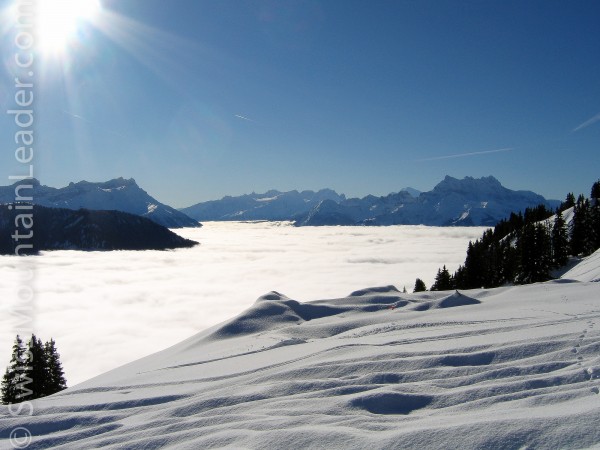
Normally here in Switzerland we start to get snow falling around November and it starts to build up to a reasonable snowpack during December. In the lower winter sports destinations Christmas and New Year’s Day can be slightly patchy but we expect good snow higher up. So, when it hadn’t snowed until early December people were starting to get twitchy. Although we live in Switzerland stories from the UK were reaching us that newspapers and some Internet sites were writing off Christmas in the Alps. I’d spoken to a few people and said to them that although we weren’t getting out skiing and snowshoeing like we expected it could all turn around and be a great Christmas.
While we waited for it to snow we had some amazing weather, clear skies and sunshine and just the most perfect hiking conditions on empty mountains. We filled the time hiking and mountain-biking with the odd trip up to our local glacier (Glacier 3000, Les Diablerets) for some skiing and a snow-fix. But, by December, we were all beginning to wonder where the snow was.
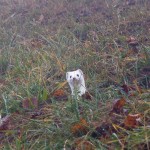 This little guy goes by a couple of names, in summer we call them stoats and he’s a short-tailed weasel. When winter comes and the number of daylight hours drops, it triggers a change causing him to moult his thin, sandy-brown and short summer fur replacing it with a thick, silky coat that’s totally white right up to the tip of his tail. With his white winter coat he takes the name ermine.
This little guy goes by a couple of names, in summer we call them stoats and he’s a short-tailed weasel. When winter comes and the number of daylight hours drops, it triggers a change causing him to moult his thin, sandy-brown and short summer fur replacing it with a thick, silky coat that’s totally white right up to the tip of his tail. With his white winter coat he takes the name ermine.
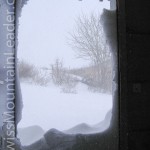 A few days later we opened the door and it all looked a bit different. We had a series of major snow storms with several feet of snow falling each time. It was about now we started to regret not jumping in back in July when someone offered us a used snowblower. We decided to buy a cheap one, that was actually a great machine but the snow kept coming and we decided we needed something much, much bigger so we upgraded to professional machine. We’ve got a medium size car park at our B&B here in Leysin and we have to keep it clear so our guests and clients can get in and out. Right now, clearing snow is turning into a large part of my life.
A few days later we opened the door and it all looked a bit different. We had a series of major snow storms with several feet of snow falling each time. It was about now we started to regret not jumping in back in July when someone offered us a used snowblower. We decided to buy a cheap one, that was actually a great machine but the snow kept coming and we decided we needed something much, much bigger so we upgraded to professional machine. We’ve got a medium size car park at our B&B here in Leysin and we have to keep it clear so our guests and clients can get in and out. Right now, clearing snow is turning into a large part of my life.
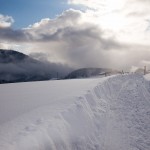 And then, right on schedule, just as we were expecting our first Christmas guests at the B&B the sun came out, the commune bought in some of their heavy machinery and cut through the snowpack to where we think the road might be and we were looking at perfect conditions.
And then, right on schedule, just as we were expecting our first Christmas guests at the B&B the sun came out, the commune bought in some of their heavy machinery and cut through the snowpack to where we think the road might be and we were looking at perfect conditions.
All this snow came at a price though. Back in December local ski stations were delaying their opening dates because we’d got no snow, when they tried to open on the new dates we had storms, high winds, huge avalanche danger and, just maybe, too much snow. Some of first avalanche problems came on north facing, cold slopes that still held snow from falls in the autumn, this snow formed crystals which didn’t hold together too well. When metres of new snow landed on top of this it balanced delicately on the old, bad snow and took very little extra force to trigger big slides. Often after a snowfall we get a period of consolidation where the snow settles and natural processes like the sun work on it building stronger bonds in the snow but we’ve had so many storms that this hasn’t had time to happen. The strong, gale-force winds have moved a lot of the new snow around and as it travels through the air the wind rounds and grades the snow crystals so when they land they stick together well forming the much feared wind-slab. The extra weight of this slab on slopes that were already unstable has caused a large number of big avalanches and made some areas unsafe for days at a time.
Snowshoers can get caught in avalanches just like skiers can but we’ve got a major advantage over skiers because we’re not relying on steeper slopes to get back down the mountain, that’s why snowshoeing isn’t a gravity sport. That means when there’s a high risk of avalanches we’re able to look out less steep slopes. Isaac Newton, when apples weren’t falling on his head, explained this with his second law of motion which basically explains why avalanches are more common on steeper slopes. Most victims of avalanches actually cause the avalanche themselves and most of the human-triggered avalanches occur on slopes between 35 and 45 degrees in angle, the science of this tells us that natural slides can occur on slopes steeper than 25 degrees. All of this tells us that when we’re snowshoeing at times of avalanche risk we ought to steer clear of steep slopes!
If you’re in any doubt about where it’s safe to go then take advice from the local resort authorities or hook up with a professional guide or leader who’ll be able to help you discover some great spots.
… the arrow? That’s us! This is looking over at our B&B from a nearby mountain a few days ago.
So, we’ve got all the ingredients for some great snowshoeing, there’s loads of snow and we think there’s enough to last for ages now even if it doesn’t snow for a while. The records in Switzerland are being broken all the time, there’s up to 274 percent of the usual snow depths based on longterm averages. We’ve got a couple of days off next week and we’ll be out scouting some new snowshoe routes for the next group of snowshoers arriving here in Leysin in the Swiss Alps.
… and right now? It’s snowing again!

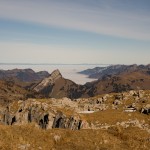
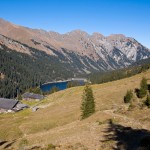
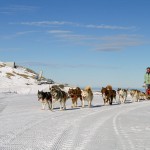
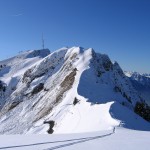
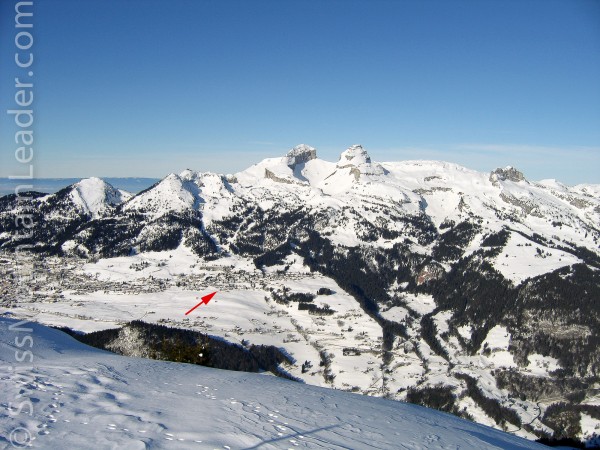
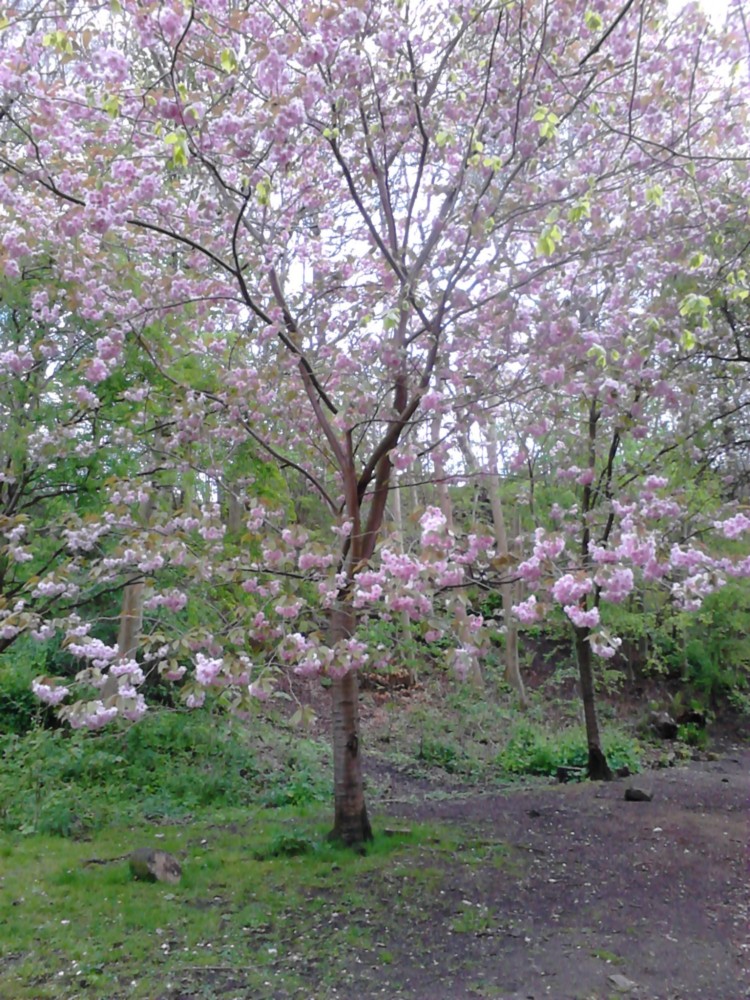
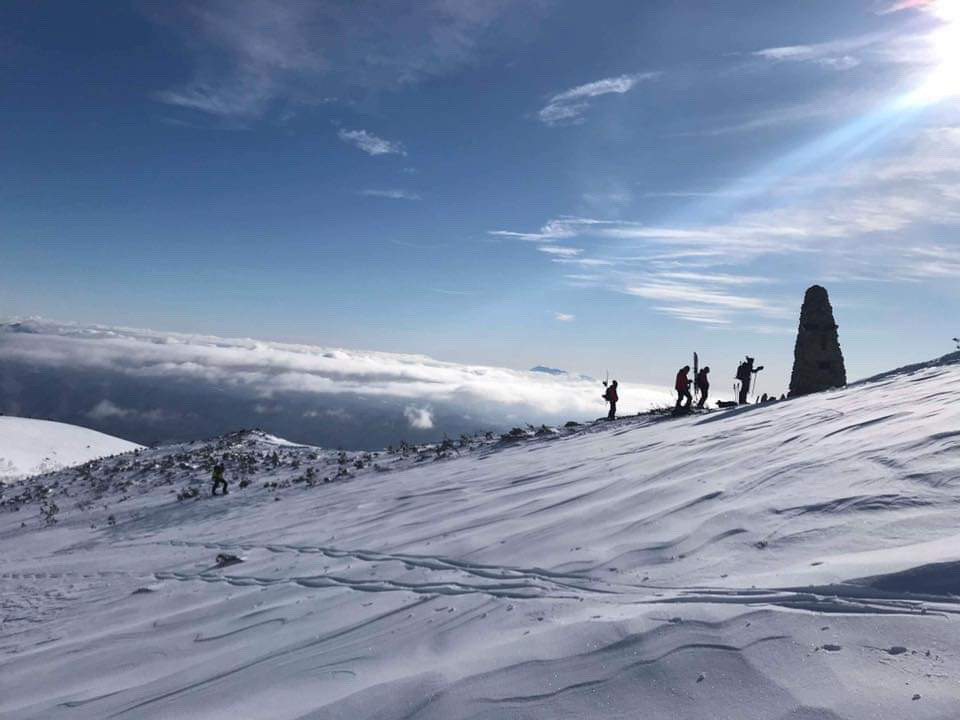
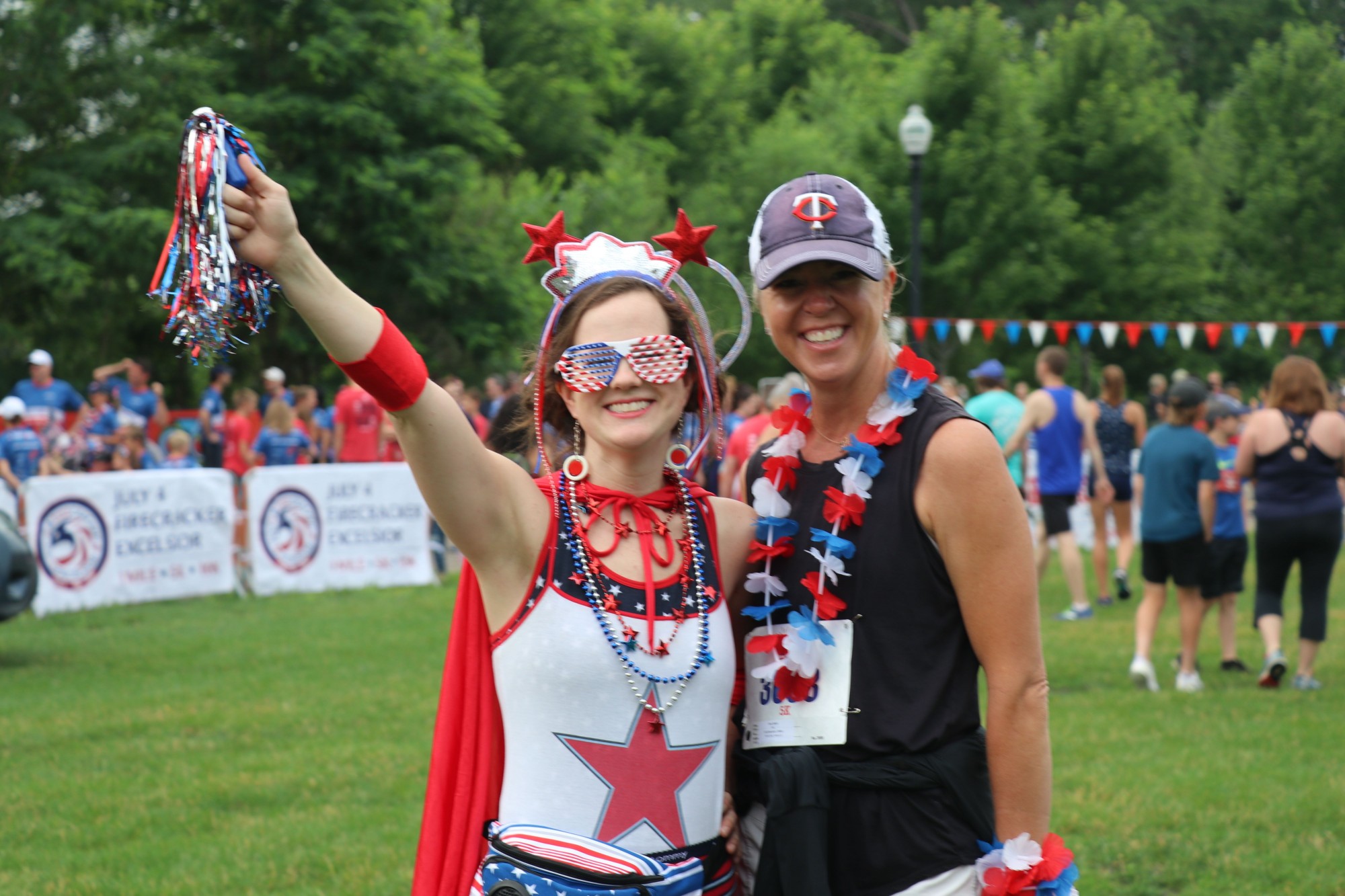
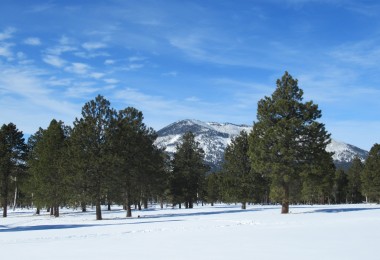

Leave a Comment